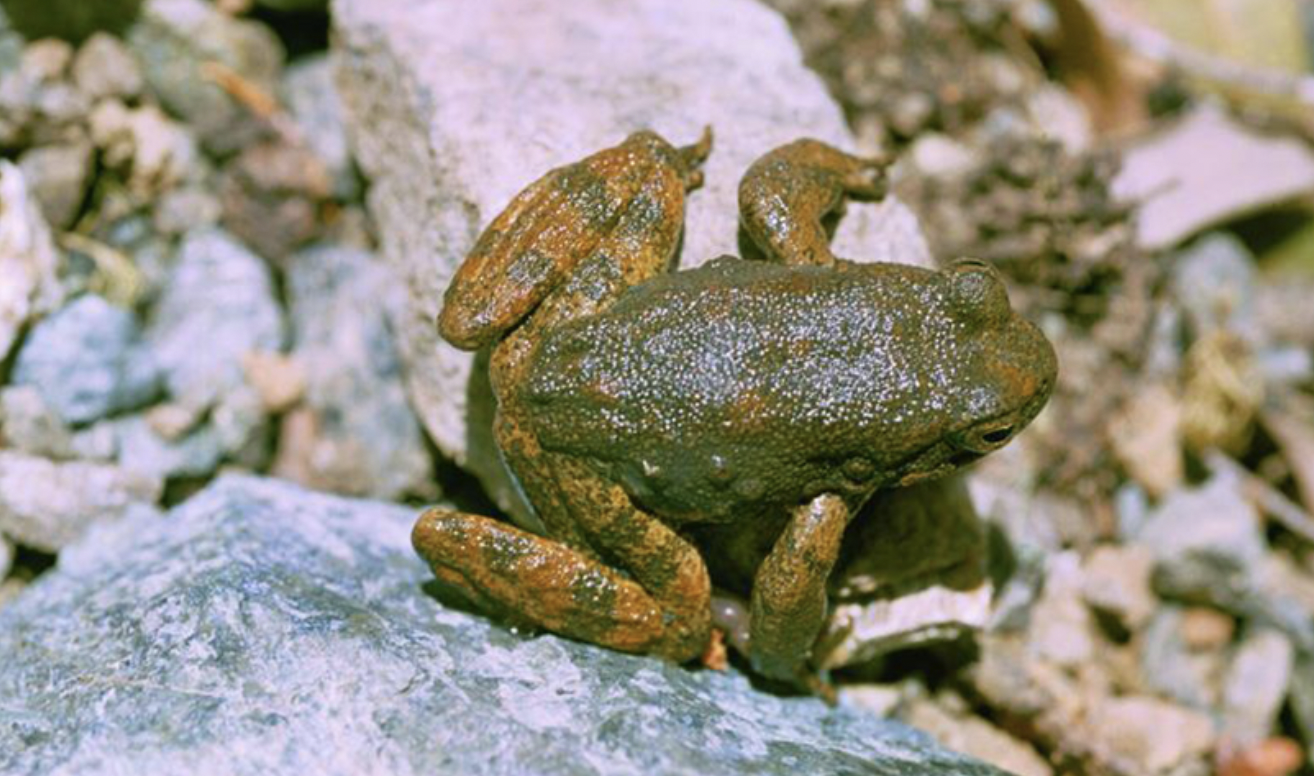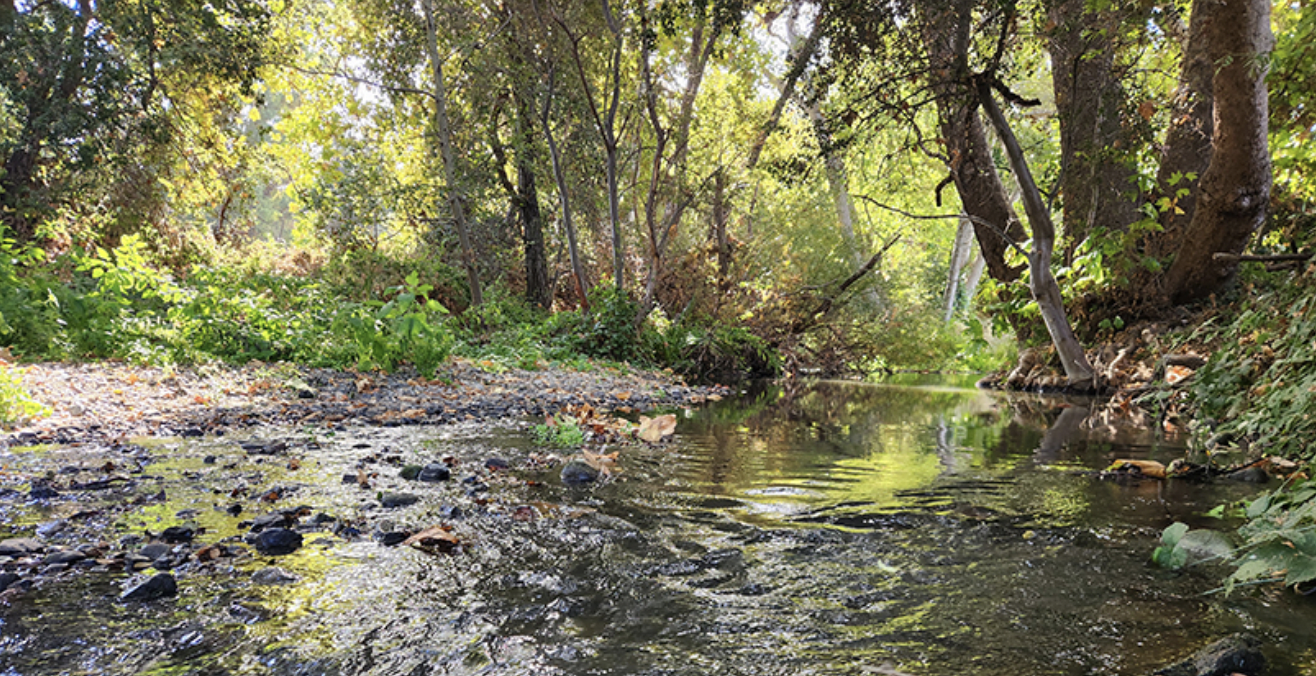What is happening?
Palo Alto is developing a Stream Corridor Protection Ordinance. A hybrid community meeting will be held (in person or by Zoom) on Thursday, February 06, 2025. At this meeting, City staff will present an overview of Palo Alto’s creek protection regulations as well as a summary of their recommendations for updates.
Why is it important?
Creeks are a vital part of Palo Alto’s natural landscape, providing critical ecological habitat that supports biodiversity and offers important linkages for wildlife. They also contribute to the city’s aesthetic appeal and play a key role in flood mit654igation by channeling stormwater to the Bay.
Development setbacks typically require that a designated distance, measured from the “top of bank,” remain free from the construction of structures. These setbacks are essential because they buffer wildlife and habitats from disruptive activities, preserve ecological functions, and ensure the long-term health of riparian and aquatic environments. By maintaining these buffers, setbacks also help protect water quality, reduce erosion, and provide space for natural floodplains, which in turn reduce flood risks to homes in the watershed.
Even channelized creeks, which have been confined to concrete banks, can offer ecological benefits if setbacks are properly maintained. While concrete channels are far from ideal, they can still support urban ecosystems. Allowing trees and vegetation to grow along the banks can create a more functional riparian habitat, offering water and shelter to birds, insects, and other wildlife.
How can you help?
Community input is crucial to further refine options under consideration and staff recommendations before they are presented to the Planning and Transportation Commission and the City Council. Here’s how you can make a difference:
Join a community meeting in person or on Zoom and provide your feedback to help shape staff recommendations for the ordinance update!
📅 When: Thursday, February 6, 2025 | 6:00 PM to 8:00 PM
📍 In person: Palo Alto City Hall Lobby, 250 Hamilton Avenue (Free parking is available in the garage under City Hall.)
📍 On Zoom:
https://cityofpaloalto.zoom.us/j/81024332864
Meeting ID: 810 2433 2864 | Passcode: 494888
RSVPs are not required, but they help the City plan. To RSVP for this community meeting use the link here.
Suggested Talking Points for Community Members:
Preserving Riparian Buffers: Emphasize the importance of setbacks to protect creek ecosystems and ensure they remain resilient to urbanization and climate change.
Ecological Benefits of Creeks: Highlight how creeks like San Francisquito, Adobe, and Matadero support biodiversity, water quality, and flood control.
Improving Channelized Creeks: Advocate for retrofitting or enhancing land near channelized sections with vegetation, trees, or habitat-friendly features to improve their ecological function.
Long-Term Planning for Resilience: Stress the need for policies that anticipate future challenges, such as increased flooding or habitat loss due to climate change.
Community and Aesthetic Value: Discuss the importance of creeks as natural spaces that enhance the community’s quality of life through recreation and education.
Your voice matters in ensuring that these vital natural resources are protected and restored for future generations. Together, we can create policies that balance urban development with the health of Palo Alto’s creeks and riparian environments.
Thank you for being active in your community,





